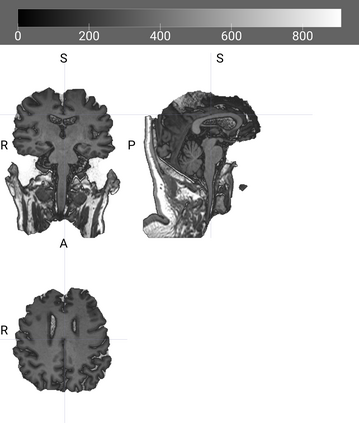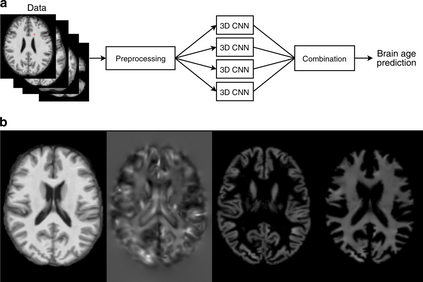The rapid advancements in machine learning, graphics processing technologies and availability of medical imaging data has led to a rapid increase in use of machine learning models in the medical domain. This was exacerbated by the rapid advancements in convolutional neural network (CNN) based architectures, which were adopted by the medical imaging community to assist clinicians in disease diagnosis. Since the grand success of AlexNet in 2012, CNNs have been increasingly used in medical image analysis to improve the efficiency of human clinicians. In recent years, three-dimensional (3D) CNNs have been employed for analysis of medical images. In this paper, we trace the history of how the 3D CNN was developed from its machine learning roots, brief mathematical description of 3D CNN and the preprocessing steps required for medical images before feeding them to 3D CNNs. We review the significant research in the field of 3D medical imaging analysis using 3D CNNs (and its variants) in different medical areas such as classification, segmentation, detection, and localization. We conclude by discussing the challenges associated with the use of 3D CNNs in the medical imaging domain (and the use of deep learning models, in general) and possible future trends in the field.
翻译:机器学习、图形处理技术和医疗成像数据提供方面的快速进步导致医疗领域机器学习模型的使用迅速增加,医学成像界采用进化神经网络(CNN)建筑迅速发展,协助临床医生诊断疾病。自2012年亚历克斯网取得巨大成功以来,CNN越来越多地用于医学成像分析,以提高人类临床医生的效率。近年来,使用三维(3D)CNN分析医疗图象。在本文件中,我们追踪了3DCNN如何从机器学习根源发展成3DCNN的历史,3DCNN的简要数学描述和医疗图象在喂养他们到3DCNN之前所需的预处理步骤。我们审查了3D医学成像分析领域使用3DCNN(及其变种)在分类、分解、检测和本地化等不同医疗领域的重要研究。我们最后通过讨论医疗成像域使用3DCNN(以及一般使用深学习模型)和未来可能的趋势来讨论与医学成像领域使用3DCNNNNN(以及实地使用深学习模型)有关的挑战。















































